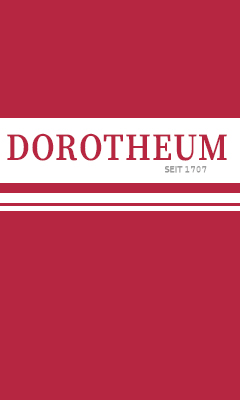Luftwaffe Flak Badge, by Berg & Nolte
SKU: 01.GTR.0712.101.02
Estimated market value:

Estimated market value:
Attributes
History
The Luftwaffe Flak Badge was instituted on January 10, 1941 by Generalfeldmarschall Erhard Milch on behalf of Hermann Göring, and it was conferred upon Flak Artillery crewman who demonstrated merit and bravery while defending against enemy aerial and ground attacks.
The award was conferred based on a points system. In order to receive the badge, an individual had to accumulate a total of sixteen points. Initially, two points were conferred for downing an enemy aircraft with the assistance of another flak battery. If a sole battery was responsible for bringing down an aircraft, each member involved received four points. One point was awarded to search and spotlight crews for every enemy aircraft they detected. During the later stages of the war, this was slightly changed. From then on, the badge could be awarded after participating in three air defense actions that resulted in the downing of a plane, or after participating in five air defenses regardless of downings of planes. Battery commanders were eligible to receive it once half of their battery had earned it.
The badge could also be awarded to an individual for participating in three successful actions against land or sea targets, which often meant that flak artillery servicemen were pushed into anti-tank actions. This changed with the introduction of the Luftwaffe Ground Assault Badge. From then on, the Flak Badge would be awarded solely for actions in the fight against aerial threats.
Eventually, women (female Flak helpers) and children (HJ and RAD Flak helpers) could qualify for the badge if they performed the required actions, a unique feature of the Flak Badge among all the war badges. However, to this date there is no evidence a woman received the badge.
The badge was designed by Wilhelm Ernst Peekhaus. No colour specifications were given, however most badges are silver-coloured, while some makers preferred a more subtle, darker finish.
Initially, badges were made of nickel silver, then of tombac. With these materials becoming scarcer as the war went on, makers eventually switched to zinc, which was cheaper and abundant.
Berg & Nolte badges are always made of zinc. They are the rarest among the Luftwaffe Flak Badges, however many more reproductions exist. Badges by this maker are stamped “B&N” with an “L” underneath for the city of Lüdenscheid.

Versions
$350 USD
Silvered Zinc
44.5x57mm


Comments
Sign in to comment and reply.


Scroll Top